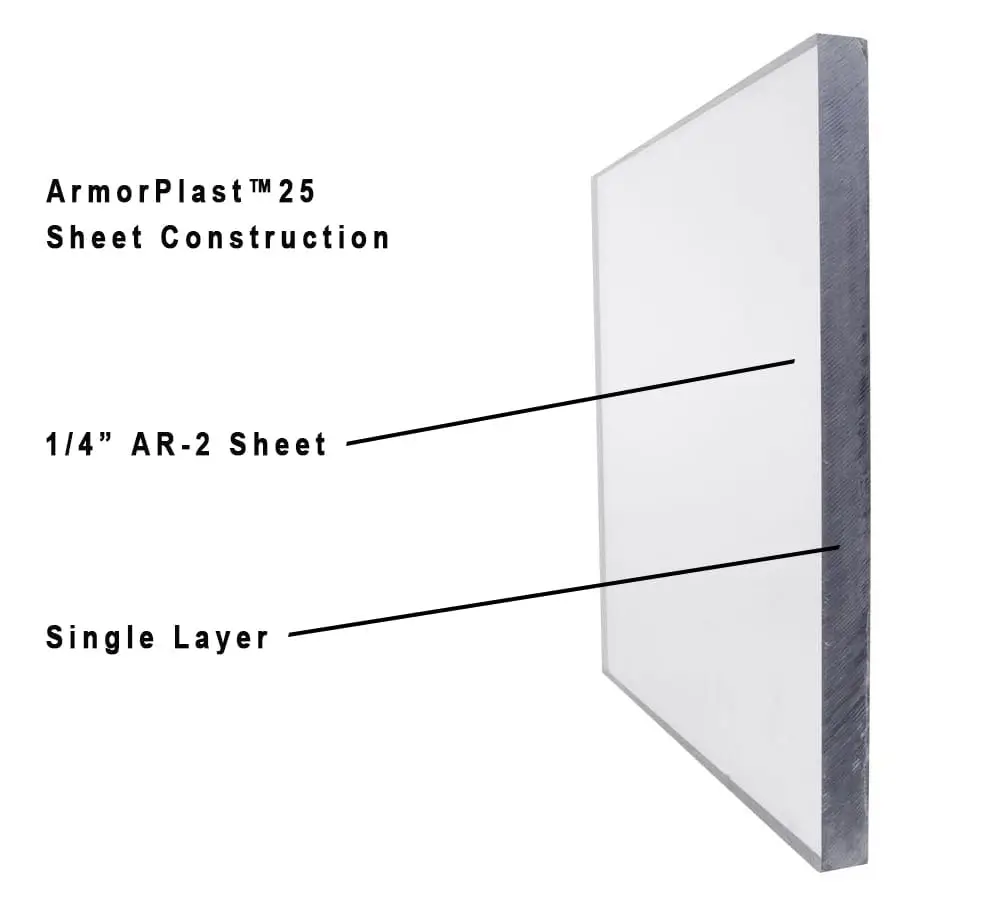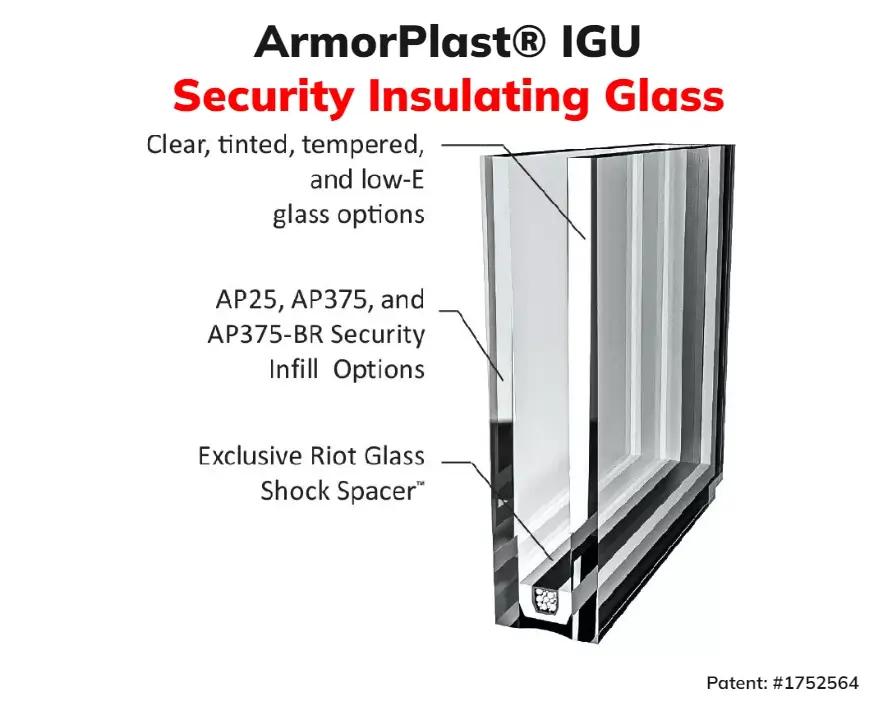Written By: Brad Campbell | September 15, 2023
In the ever-evolving field of commercial architecture, staying up to date with the latest advancements and technologies is crucial to delivering innovative and secure designs.
One area that has gained significant attention — and rightfully so — when it comes to continuing education for architecture in recent years is security glass.
As commercial building owners and designers strive to balance aesthetics, functionality, and security, the need for architects to understand security glass and related topics has become more important than ever.
In this blog post, we'll take a closer look at the importance of continuing education for architects, specifically as it pertains to security glazing and related subjects.
Architecture is not just about aesthetics — it's also about creating functional, safe, and sustainable spaces.
With increasingly rapid advancements in building materials, construction techniques, and safety measures, architects must continually upgrade their knowledge to ensure that their designs meet the highest standards.
Continuing education provides architects with the ability to adapt to changing architectural trends, including commercial security glass trends, ultimately enhancing the quality of their work.
Such continuing education for architects involves attending workshops, seminars, webinars, and courses that cover a wide range of topics, from sustainability and accessibility to safety and security.
These programs offer insights into emerging technologies and practices that can significantly impact architectural designs, improving both their design and function.

Security glass plays a pivotal role in creating secure environments without compromising aesthetics, which is why studying security glass topics is such a valuable option when it comes to continuing education for architects.
This specialized glass (or glass-like glazing) is designed to withstand various threats, including forced entry, ballistic impacts, and even explosions.
Architects should understand the different types of security glazing available, their potential applications, and how they can be integrated into building designs to improve their security by design.
Continuing education programs related to security glazing provide architects with a comprehensive understanding of the various types of glazing out there, such as laminated security glass, polycarbonate glazing, and glass-clad polycarbonate glazing.

These programs provide in-depth information on the structural properties of each type of security glass and non-glass glazing, helping architects make informed decisions about which type of security glass is best suited for their specific projects.
Architects will also learn about the latest innovations in security glass installation, such as retrofit solutions, ensuring they stay ahead in a constantly changing field.
While security glazing primarily serves a protective function, it’s also intended to seamlessly integrate into a commercial building’s overall architectural design without blocking out natural light, reducing visibility, or hurting the curb appeal of the building.
Architects need to balance security requirements with aesthetic considerations, which is where continuing education programs for architects that focus on the aesthetic integration of security glazing can really come in handy.
These continuing education programs often include design workshops that teach architects how to incorporate security glass without compromising the visual appeal of a building, touching on the many ways security glazing can be used to replace or complement traditional architectural glass.
For example, architects might learn how to use all-glass security doors as a design element in the facades of glass office buildings to enhance their overall character, or how to reinforce glass conference rooms or C-suite offices with security glazing for executive protection.
As we mentioned earlier, there are many possible topics of study when it comes to continuing education in architecture that extend beyond security glass to encompass broader subjects, such as sustainability and energy efficiency.
Architects are increasingly expected to create environmentally responsible designs that minimize the ecological footprint of buildings, not to mention reduce operating costs, and continuing education programs can help them do so.
Some of these programs may also cover how you can apply additional glazing materials, such as low-emissivity coatings, to a building’s windows to improve their energy efficiency, or use insulated glass units with security glazing infills to improve energy efficiency and security all in one.

Building codes and regulations are dynamic and can vary significantly from region to region. Architects must have a firm grasp of these regulations to ensure their designs comply with safety standards.
Continuing education programs often include updates on building codes, zoning laws, and safety protocols. This knowledge is essential to avoid costly revisions during the construction phase and to guarantee the safety of occupants.
Architects can also take advantage of security glazing courses to learn about alternatives to traditional solutions when it comes to protecting a building’s windows and doors and keeping them up to code.
For example, some types of security glazing are tested and certified to Miami-Dade hurricane missile impact testing standards, and can therefore be used in place of hurricane shutters in Florida and other hurricane zones with strict building codes related to storm damage mitigation.
Yes! Riot Glass, LLC offers a 1.5-hour continuing education course on Fenestration Security for Educational, Religious, Commercial, and Retail Applications. The course focuses on using new and retrofit security glazing solutions to mitigate forced entry and active threats in these types of commercial applications.
Continuing education should not only be looked at as a professional obligation for architects, but also as a way for architects to keep themselves ahead of the curve and provide modern, secure, and sustainable solutions to clients.
In a world where architecture plays a vital role in shaping the quality of our lives, as well as ensuring our safety and security, architects should embrace lifelong learning to deliver designs that are not only visually appealing but also highly functional.
Security glass is just one of the many constantly evolving topic areas that architects should be well versed in.
Contact Riot Glass, LLC today for more information about how we can help you incorporate state-of-the-art security glazing into your building designs.

HOW CAN WE HELP YOU?
